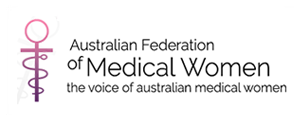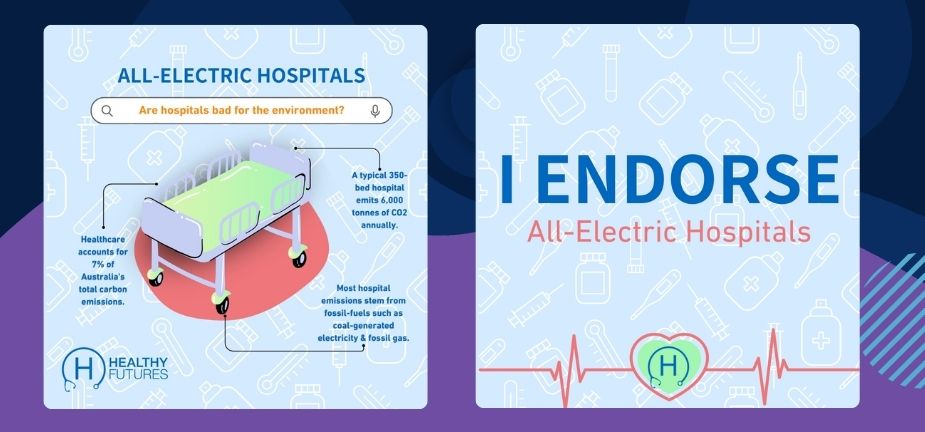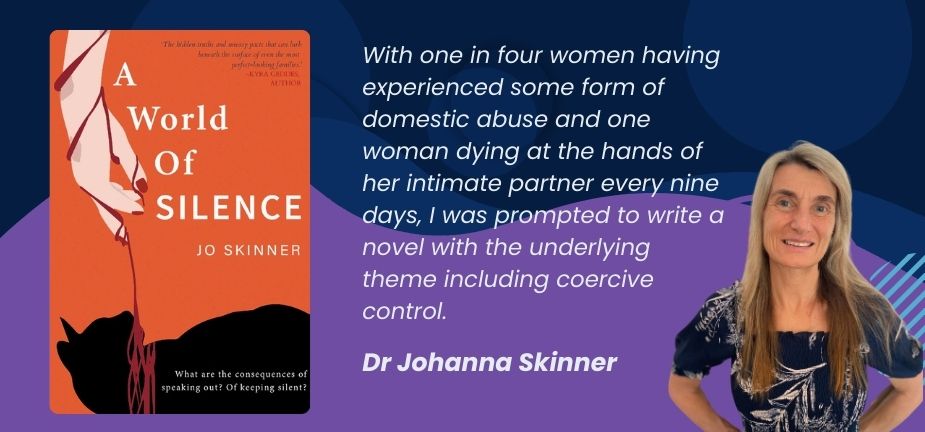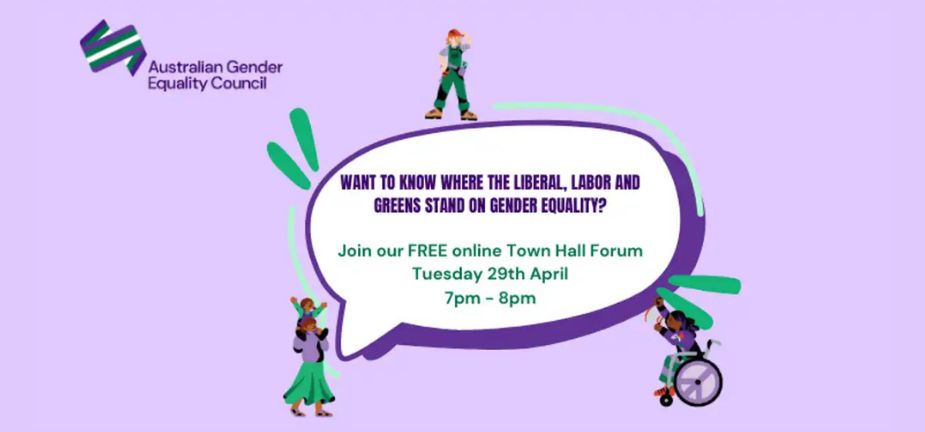The Australian National Women’s Health Policy will emphasise prevention, health inequalities in Australian society and social determinants of health. Special consideration was directed to the needs of Aboriginal and Torres Strait Islander women, women from remote and rural areas, women who are lesbian, bisexual and intersex, women from diverse cultural and language backgrounds including refugees and women from disadvantaged backgrounds, women with disabilities, olderwomen, adolescent and young women, women who are carers, mothers and women in prison. Raie raised the need to include women who have experienced sexual violence as a group to be included for special consideration on behalf of AFMW.
After twenty years of a National Women’s Health Policy some things have improved, women’s life expectancy has improved by 4 years, smoking rates for women as a group has decreased by 3% (younger women have not followed this trend), the incidence of and mortality from cervical cancer has decreased and breast cancer survival has increased. Other areas are increasingly concerning: anxiety and depression remain the leading burden of disease (10%), violence and sexual abuse is a common experience (25-33%) for Australian women impacting on their physical and mental wellbeing, women are increasingly overweight and obese (50% particularly young women), women are not eating well (high fat high sugar diet with 40% inadequate fruit and 80% inadequate vegetables) and lack regular exercise (33%) (Commonwealth of Australia, 2008, Commonwealth of Australia, 2009).
The current top 5 causes of death in Australian women are:
1. Ischemic heart disease;
2. Stroke;
3. Dementia and Alzheimer’s disease;
4. Trachea and lung cancer;
5. Breast cancer.
Barriers to health care access included: lack of affordable services, lack of female doctors including indigenous service providers, distance to services and transport availability, lack of culturally or language appropriate services and information, inaccessibility of buildings and health services unable to deal with complex social and health needs (Commonwealth of Australia, 2008). The lack of gender and culturally competent health professionals was identified as problematic in the forum, in addition to the lack of knowledge and evidence base to support women who had experienced sexual violence.
Approximately 120 women and one man attended the forum with Drs Jan Coles and Raie Goodwach attending on behalf of AFMW.
Priority Areas for Women’s Health Policy Identified in the Forum
In 1989 the National Women’s Health Priority Areas were:
• Reproductive Health and Sexuality
• Health and ageing women
• Emotional and mental health
• Violence against women
• Occupational health and safety
• Health needs of women as carers
• Health effects of sex role stereotyping on women.
The participants at the Melbourne forum felt these were still important priority areas in 2009. In addition each of the 14 tables identified key priority areas their group and strategies to address their priorities. These priorities will be collated and circulated.
Key priorities identified at the forum that are particularly relevant to AFMW included:
• Violence against women
• Sexual violence
• Reproductive health and reproductive choice
• Educating health professionals to be gender and culturally competent
• Building an evidence base that includes a gender perspective at all levels, for example: prevention, risk, incidence, community and professional education, management, support, and treatment. Zoe Wainer gave the example of lung cancer in young women who were non-smokers which is increasingly common and has an extremely poor prognosis, noting that lung and trachea cancer is a more common cause of death for Australian women.
Actions relevant to AFMW included:
• Educating all health professionals to be gender and culturally competent at all levels of training (undergraduate, postgraduate and specialty);
• Building the evidence base through research;
• Monitoring of research outputs for inclusion of social determinants, including culture and gender (particularly government funded research and research bodies including NHMRC);
• Identifying training pathways to address workforce shortages to ensure women have continued access to care, for example reproductive choices.









